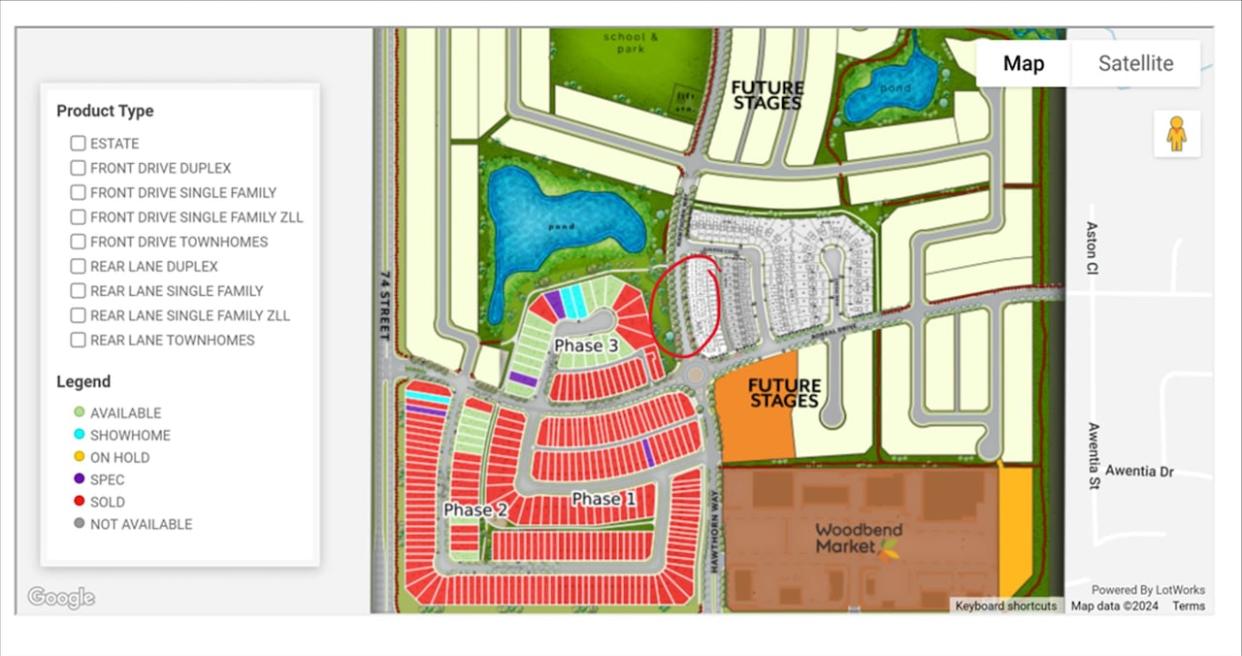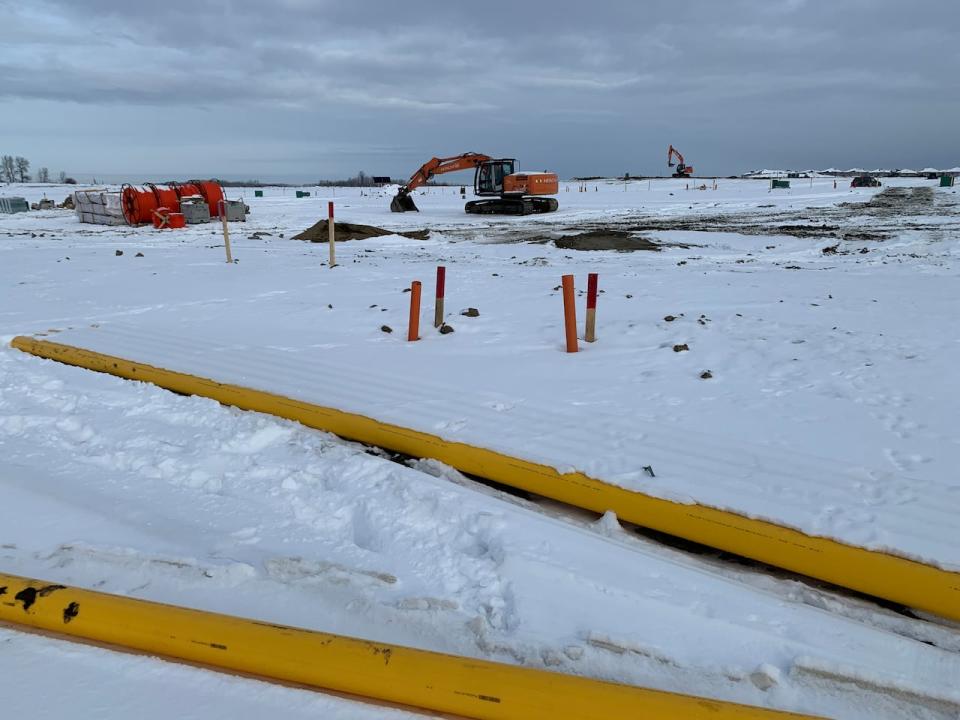Leduc revamping zoning bylaws to match population boom

Leduc is growing and that's meant changes to the community's economy, demographics and zoning.
The city has pursued more than 50 zoning amendments brought into bylaws in the last five years.
"We were 10 years ago, a very typical suburban community, which was basically a single-family detached house," said Dennis Peek, planning development manager for the city, in an interview.
"That has changed, because the economy in Leduc-region has changed, people don't necessarily leave Leduc as much to go to work."
Peak said proximity to Edmonton International Airport and Nisku's industrial sector have been big factors in the city's transformation.
Peek said as more people have decided to make Leduc home, that's led to a greater demand to diversify housing options to better accommodate people who want to rent or may be interested in secondary suites.

The City of Leduc has partnered with Carrington Land to develop and build a narrow housing pilot project in the city's Woodbend neighbourhood. (Nathan Gross/CBC)
Since 2019, Leduc has seen a 9.2 per cent increase in population growth with more than 36,000 people as of 2023, according to city census data.
Peek said shortly, there will be more interest in infill and higher-density projects.
A significant update that helped relax restrictions on residential development was a 2022 amendment to the Edmonton Airport Vicinity Protection Area Regulation.
"It used to be historically when a zoning bylaw came into the community, you didn't touch it for 10 to 20 years," Peek said.
"And now it's almost like you need to look at it on an annual basis to make sure it's updated and current."
Part of making things current has been the exploration of more narrow housing, such as 18-foot-wide townhomes in the Woodbend neighbourhood.

Alessandra Bruni is a consultant with ChalkMark Residential and works with the developer Carrington Homes which has partnered with the city on its narrow housing pilot project which is being built by Bedrock Homes. (Alessandra Bruni/ChalkMark Residential)
Alessandra Bruni is a consultant with ChalkMark Residential and works with the developer Carrington Homes, which has partnered with the city on its narrow housing pilot project that Bedrock Homes is building.
"In the city of Edmonton, we've actually seen movement toward 12, 14, 16-feet wide townhomes. So this is actually quite larger than what you would see in some other municipalities," Bruni said.
"However, it was a shift for Leduc."
Bruni said she had worked to bring the idea to city council and said the development signals that the city wanted to find a different way to tackle housing affordability.
"This year, I likely will go ahead and try and push [16-foot townhomes] in the community just because once you take one step forward, you want to move another," Bruni said.
The Leduc advantage
According to Peek and Bruni, Leduc has a variety of factors that can help attract those looking to move to Alberta.
"It's going to be a really interesting next number of years because the Edmonton region, in terms of a large metropolitan area in Canada, has basically some of the most cost-effective type of housing out there," Peek said.
"A number of people coming from Vancouver and Toronto who, basically they sell their home there and come here to buy a really nice house upgrade and still have a pile of money leftover."
Bruni said Leduc has also had to adjust to match the pace with Edmonton as it has moved to building smaller housing.
Leduc has an advantage when it comes to cheaper land. But Bruni said that advantage started to erode due to large lots not accommodating demand for narrower housing.
"When we start to compete with municipalities like the City of Edmonton, we start to see some of that advantage come back in terms of the land cost. And so that was really our ultimate goal with bringing this narrower product type into the City of Leduc."
As demographics shift in Leduc, Bruni said the need for diverse housing allows the city to have different price points and cater to more people.
"There's so many different forms of families and having different housing typologies with different land use bylaws allows us to create homes and lots for all different demographics, which is so important, especially with immigration [and] population growth."


